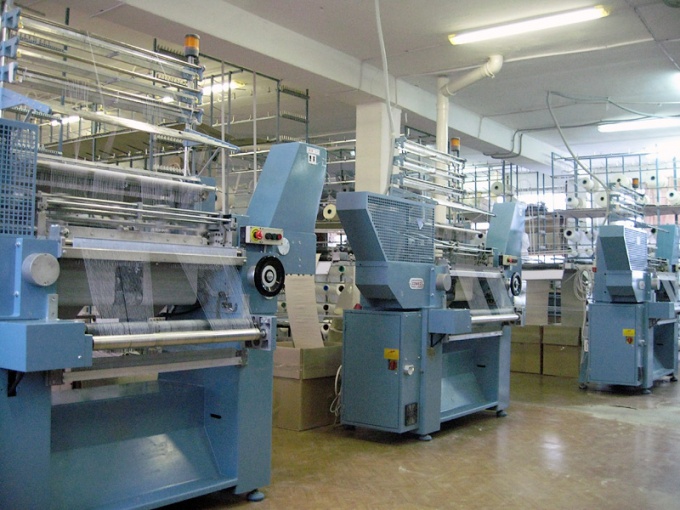Instruction
1
1) the Linear method corresponds to the uniform transfer of value of fixed assets on cost of product/service. Depends on the original cost of acquisition of fixed assets. This method calculates the monthly depreciation rate depending on the term of use of object of fixed assets to write off the full cost. Example: the Company has acquired object of fixed assets with a cost of 640 thousand rubles and a useful life of 10 years. In order to calculate the normal monthly amortization:
640000/120 = 5333 RUB./month. In other words, the depreciation rate for the given object of fixed assets will be 5333 rubles a month.
640000/120 = 5333 RUB./month. In other words, the depreciation rate for the given object of fixed assets will be 5333 rubles a month.
2
2) declining balance Method. Despite the similarities in basic principles of counting with the first method, second method, there is one fundamental difference: depreciation is calculated on the basis of the initial value of the object, and on the basis of its residual value. Thus the calculated annual depreciation rate, taking into account the useful life of the object, but also its initial cost. Here is an example:
OOO "Telephone" has acquired a fixed asset value of 250000 thousand roubles and a useful life of 5 years. First, we need to calculate the annual depreciation rate:
1. (1/5)* 100 = 20%. This means that every year, except the first, will be charged 20% of the residual value of the object of fixed assets. In the first year, depreciation will be calculated from its original value.
In the first year the depreciation will be assessed as follows:
(250000*20)/100 = 50000 RUB
So next year, we will calculate depreciation of the object value 250,000 rubles., and 250000-50000 = 200000руб:
2. (20000*20)/100 = 40000 RUB;
3. (160000*20)/100 = 32000 RUB;
4. (128000*20)/100 = 25600 RUB;
5. (102400*20)/100 = 20480 RUB
Total for 5 years amount of the amortization payments for the given object of fixed assets is as follows:
168080 rubles. Further, the object is charged.
OOO "Telephone" has acquired a fixed asset value of 250000 thousand roubles and a useful life of 5 years. First, we need to calculate the annual depreciation rate:
1. (1/5)* 100 = 20%. This means that every year, except the first, will be charged 20% of the residual value of the object of fixed assets. In the first year, depreciation will be calculated from its original value.
In the first year the depreciation will be assessed as follows:
(250000*20)/100 = 50000 RUB
So next year, we will calculate depreciation of the object value 250,000 rubles., and 250000-50000 = 200000руб:
2. (20000*20)/100 = 40000 RUB;
3. (160000*20)/100 = 32000 RUB;
4. (128000*20)/100 = 25600 RUB;
5. (102400*20)/100 = 20480 RUB
Total for 5 years amount of the amortization payments for the given object of fixed assets is as follows:
168080 rubles. Further, the object is charged.
